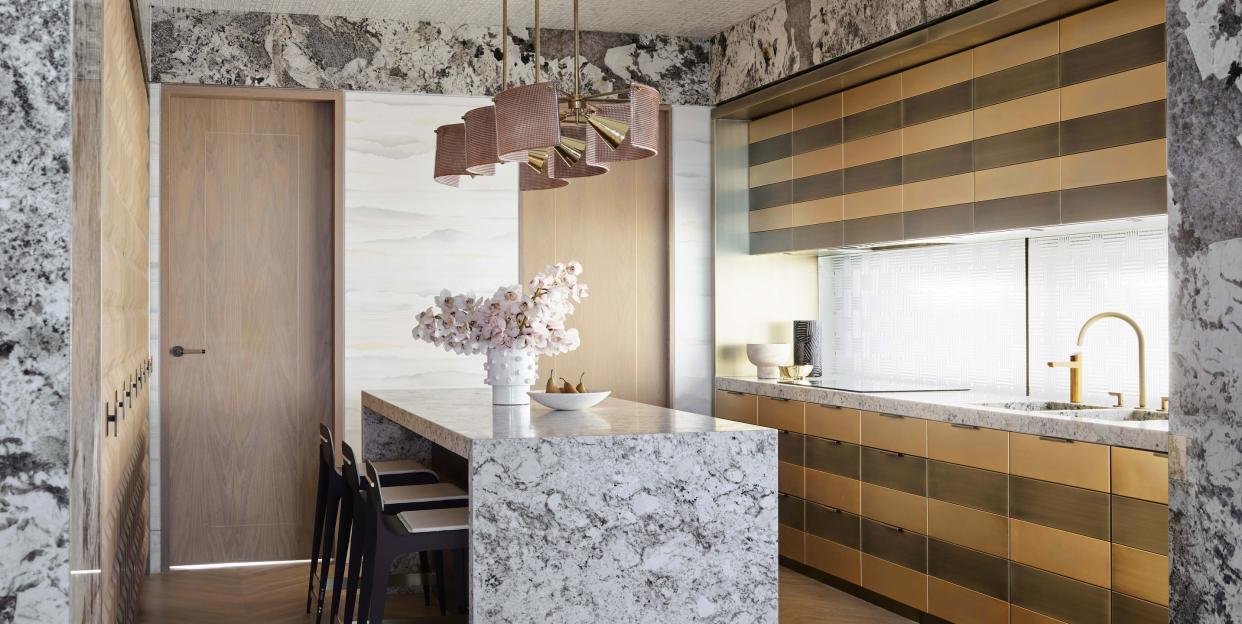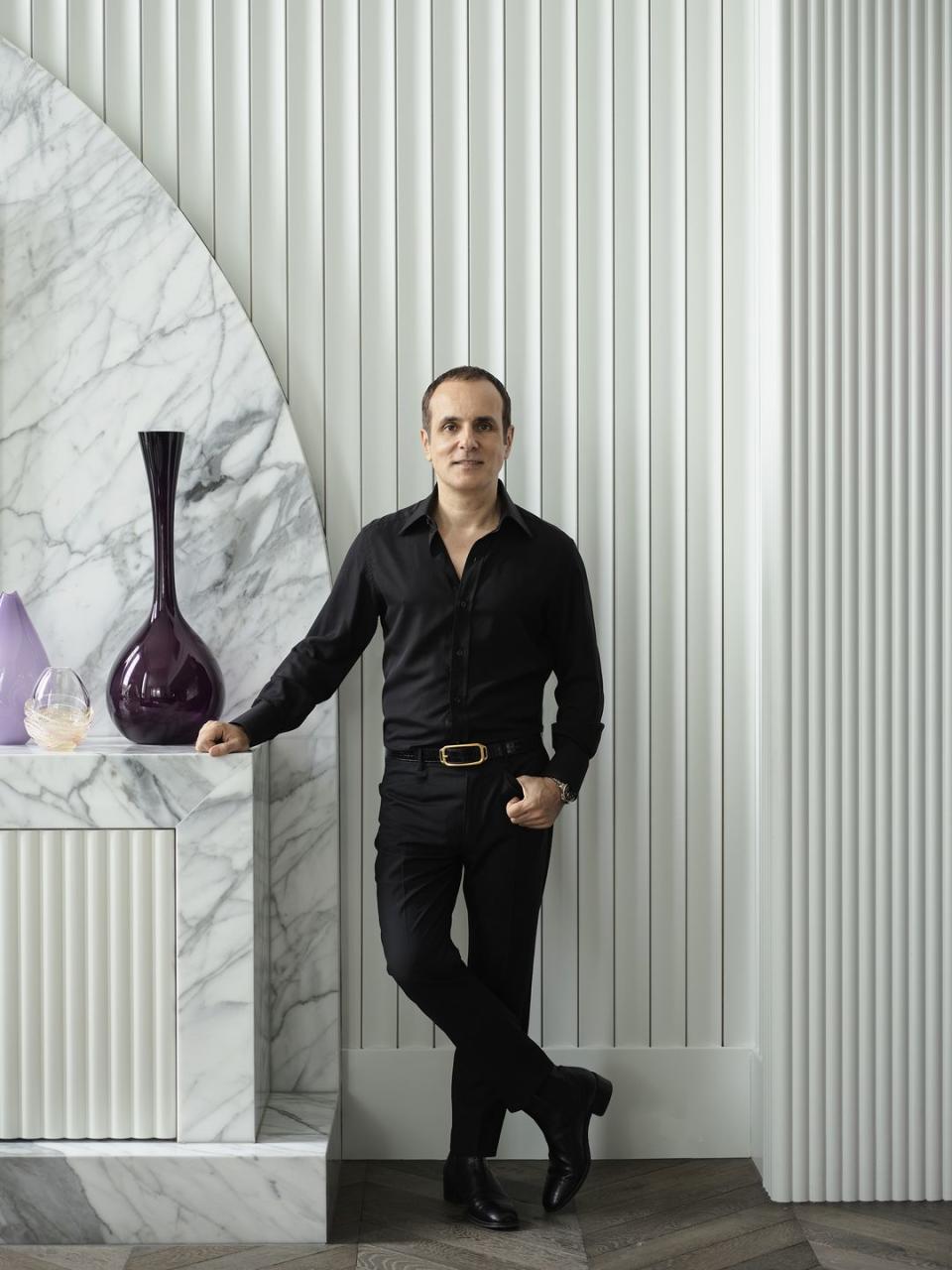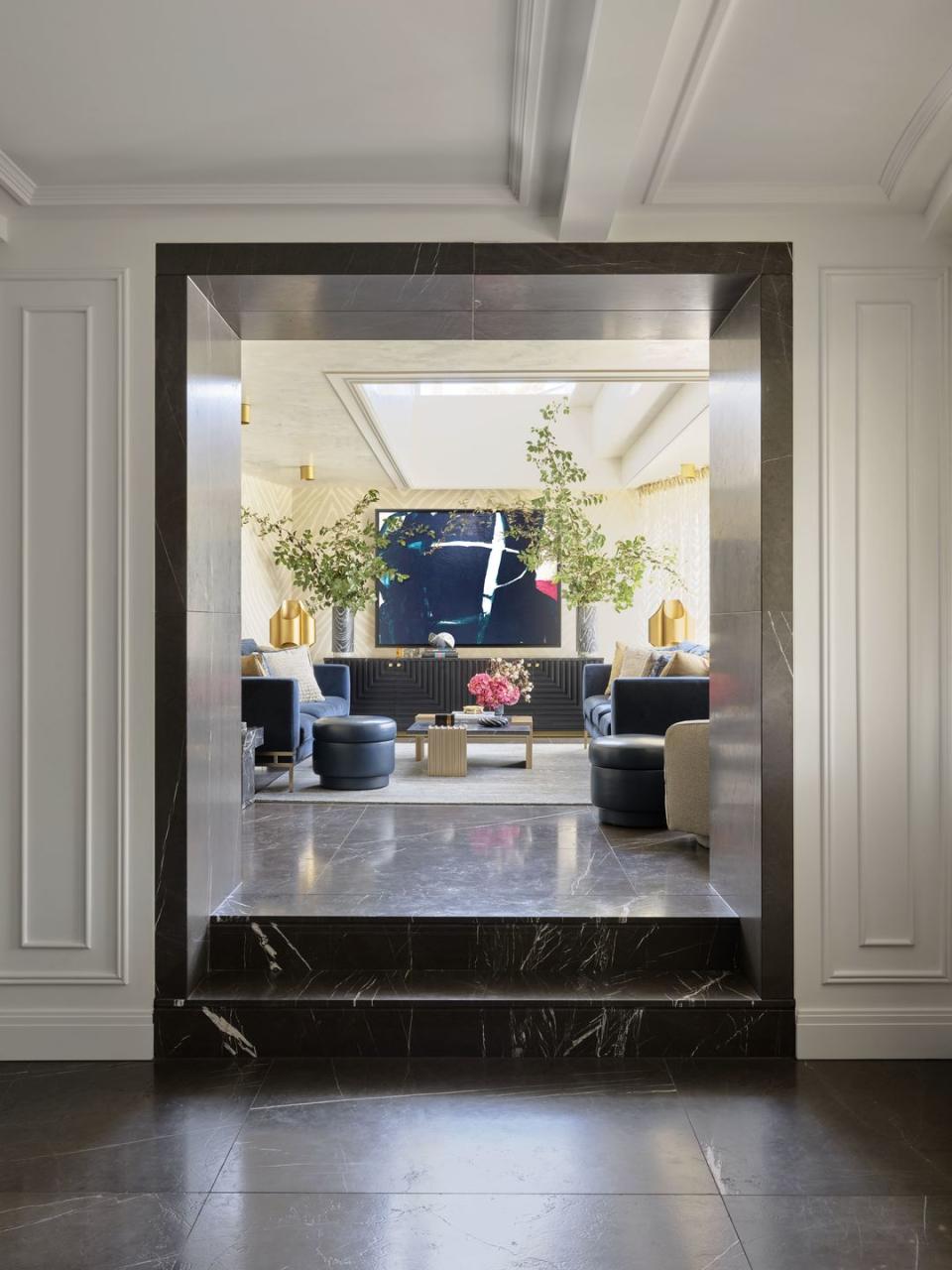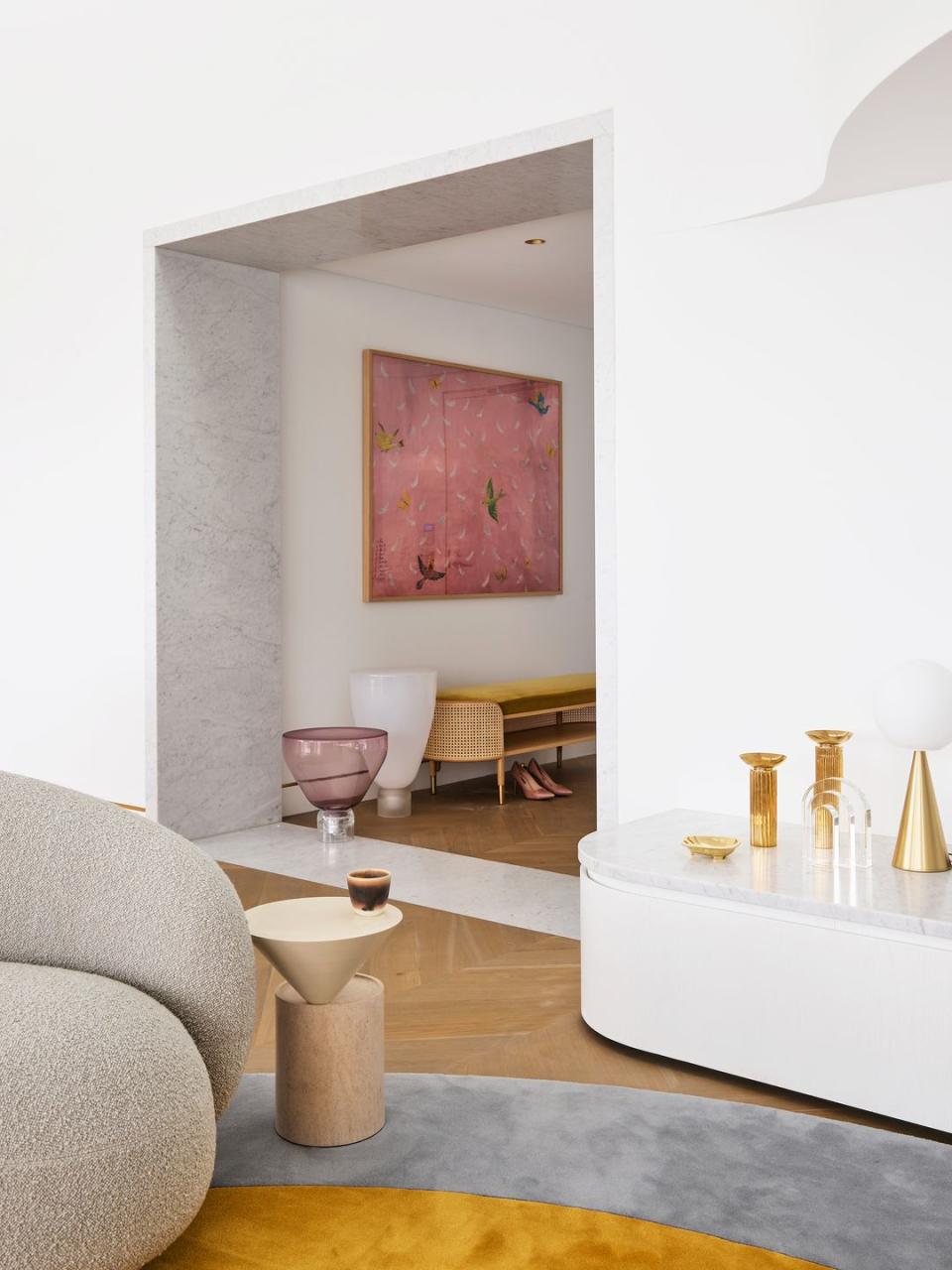2024 is the year of the portal: how to add one to your home

Portals are one of the most showstopping tricks in the modern interior-design handbook. This architectural device artistically divides space and frames views – plus there’s an option for any home. We asked Australian interior-design master and portals superfan Greg Natale to expand on the benefits, material options and what you should know before you take the leap.

Why have portals become such popular architectural devices for contemporary homes?
Modern dwellings are often expansive and open-plan, and portals are an ideal alternative to doors to differentiate between designated living areas without creating physically separate rooms. They enhance the storytelling experience as you walk through a house. Using a portal instead of a door establishes an organic flow that makes everything feel more relaxed and commodious. They are also great ways to make the most of natural light, allowing it to fill a space without being obstructed.

How do you go about choosing the right material for a portal?
Each material will produce a different effect, so it’s completely dependent on the look you are trying to achieve. I have used marble to create portals in several of my projects. Modern builds begin with blank, all-white canvases; the colours and patterning of natural stone can help to break those neutral spaces up. Marble or granite portals, like the ones in our Mosman project overlooking Sydney Harbour, subtly bring some detail and warmth into a space without overpowering clean, modernist elements. You can have a lot of fun with stone’s colours and elemental textures – just be sure to remember that certain surfaces are more reflective than others.
Another option is painted timber, which will not accentuate natural light like polished stone does, but can help to create atmosphere and ambience. Timber portals have a soft, cocooning effect that is comforting and neutral – perfect if your desired look is subtle and organic.
If a home doesn’t have architectural bones that lend themselves to a portal, how can you create the look?
We have built portals in homes that previously had none – it is entirely possible but an extensive process. For a simpler effect, you can frame the architraves of doors and openings with tiles. I’d suggest making them deeper for a more effective look.

Is there anything to avoid when thinking of adding a portal?
While they look great and certainly have a time and place, there are instances where portals might not be the most effective design choice. Sometimes knocking through to create one larger space is actually the better decision. Instead of using a portal, you can effectively frame areas in an open-plan home by cleverly placing rugs or larger pieces of furniture. We completed a project in Hunters Hill, Sydney, with an open-plan living, kitchen and dining area, where we avoided using portals as they would have closed in the space too much. Also, because portals don’t give a feeling of private separation, they might not be the right option for a home office or dining room where quiet or privacy are key. gregnatale.com


